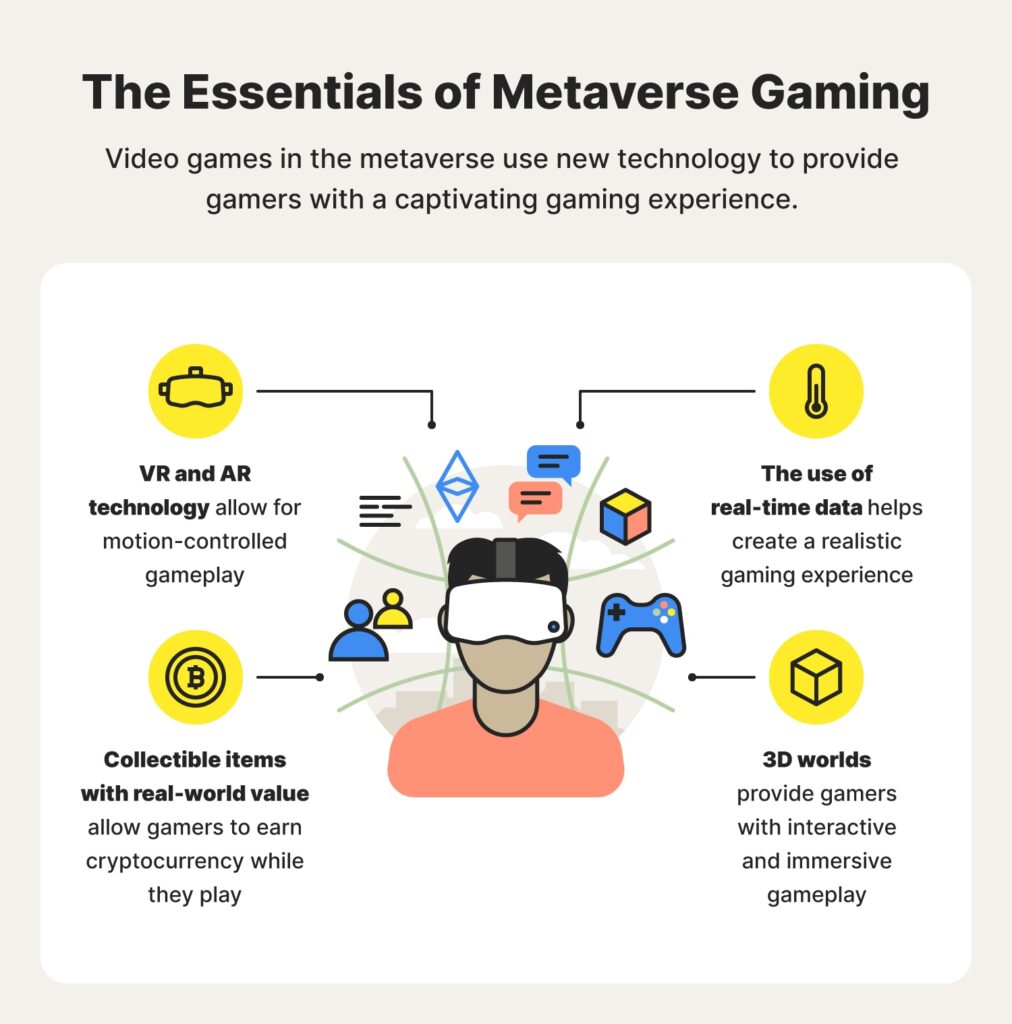Game design is constantly evolving and offers designers more tools to create immersive gaming experiences. Immersive gameplay is crucial for players to feel invested in the game world. The key concepts and techniques of game design include well-constructed game mechanics, immersive world design, great storytelling, user interface design, gameplay balance and testing and iteration. Game designers should create rules and systems that are easy to understand but challenging to master. An immersive game world is created by deploying a cohesive story, characters, environments and music, while fair gameplay balance challenges players while still offering a sense of progress and accomplishment. Developers should test and iterate on-game designs to offer an enjoyable and memorable gameplay experience.
Creating Immersive Gameplay: The Essentials of Game Design
Introduction
Game design is one of the most fascinating and fast-evolving fields in the entertainment industry. With new technologies emerging almost every day, game designers have more tools and opportunities to create immersive gaming experiences for players. In this article, we will explore the key concepts and techniques of game design that can help you create engaging and immersive gameplay.
The Importance of Immersive Gameplay
Before we dive into the technical aspects of game design, it’s important to understand why immersive gameplay is so essential. Immersive gameplay creates a sense of presence and engagement that keeps players invested in the game world. When players feel like they are part of the game, they are more likely to enjoy playing it and invest more time and energy into it.
Game Mechanics
Game mechanics are the essential building blocks of gameplay. They are the rules and systems that govern how the game is played. The most successful game designers carefully construct mechanics that are easy to understand but difficult to master. The mechanics should challenge the player and provide a sense of accomplishment when completed.
Game World Design
Creating an immersive game world is vital for the success of any game. Players should feel like they are transported to a different place, whether it’s a fantastical world or a realistic one. World design encompasses everything from the characters, the environments, the music, and the story. All of these factors should work together to create a cohesive and engaging game world.
Storytelling
Great storytelling is key to creating an immersive gameplay experience. Players should be invested in the story and care about the characters and their motivations. The story should be unique and interesting, leaving the player eager to uncover what happens next. The story can be told through cutscenes, dialogue, or through the environment itself.
User Interface Design
The user interface is the window into the game world. It’s what players use to interact with the game mechanics and navigate the game world. A sleek and intuitive user interface can make or break the gaming experience. It’s essential to have a UI that is easy to use and understand, especially for new players.
Gameplay Balance
Gameplay balance involves ensuring that the game mechanics and systems are fair and not overly punishing or easy. A well-balanced game allows players to feel challenged while still providing a sense of progress and accomplishment. A game that is too difficult may frustrate players, while a game that is too easy will become boring quickly.
Testing and Iteration
Testing and iteration are crucial to the game design process. Developers should constantly test the game and get feedback from testers and players. Iterating on the game design and mechanics based on feedback and testing can improve the overall gameplay experience.
Conclusion
Creating immersive gameplay is a complex process that requires careful attention to detail and a deep understanding of the fundamental principles of game design. By understanding game mechanics, game world design, storytelling, UI design, gameplay balance, and the importance of testing and iteration, game designers can create games that engage and immerse players, making the gaming experience more enjoyable and memorable.
